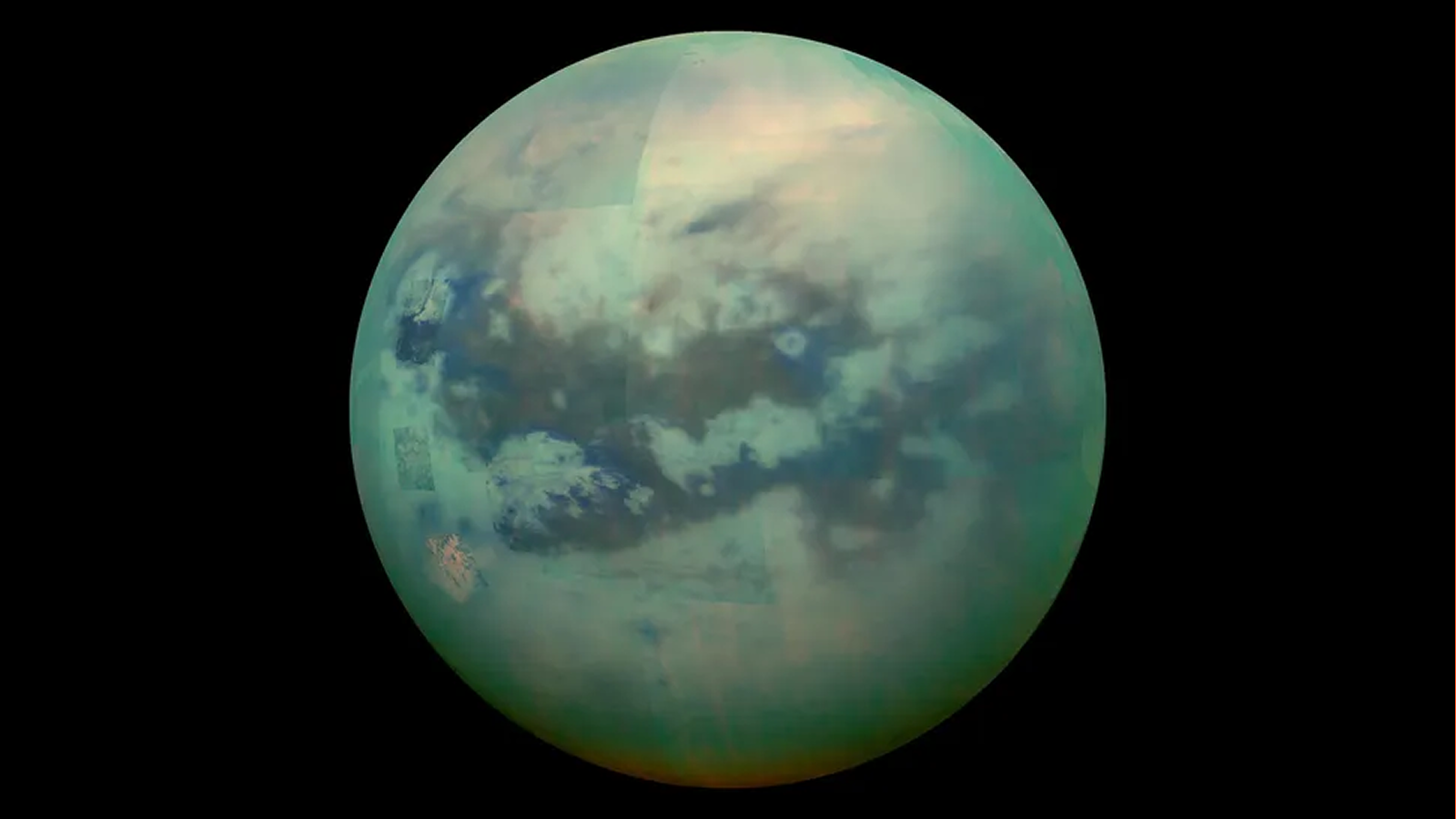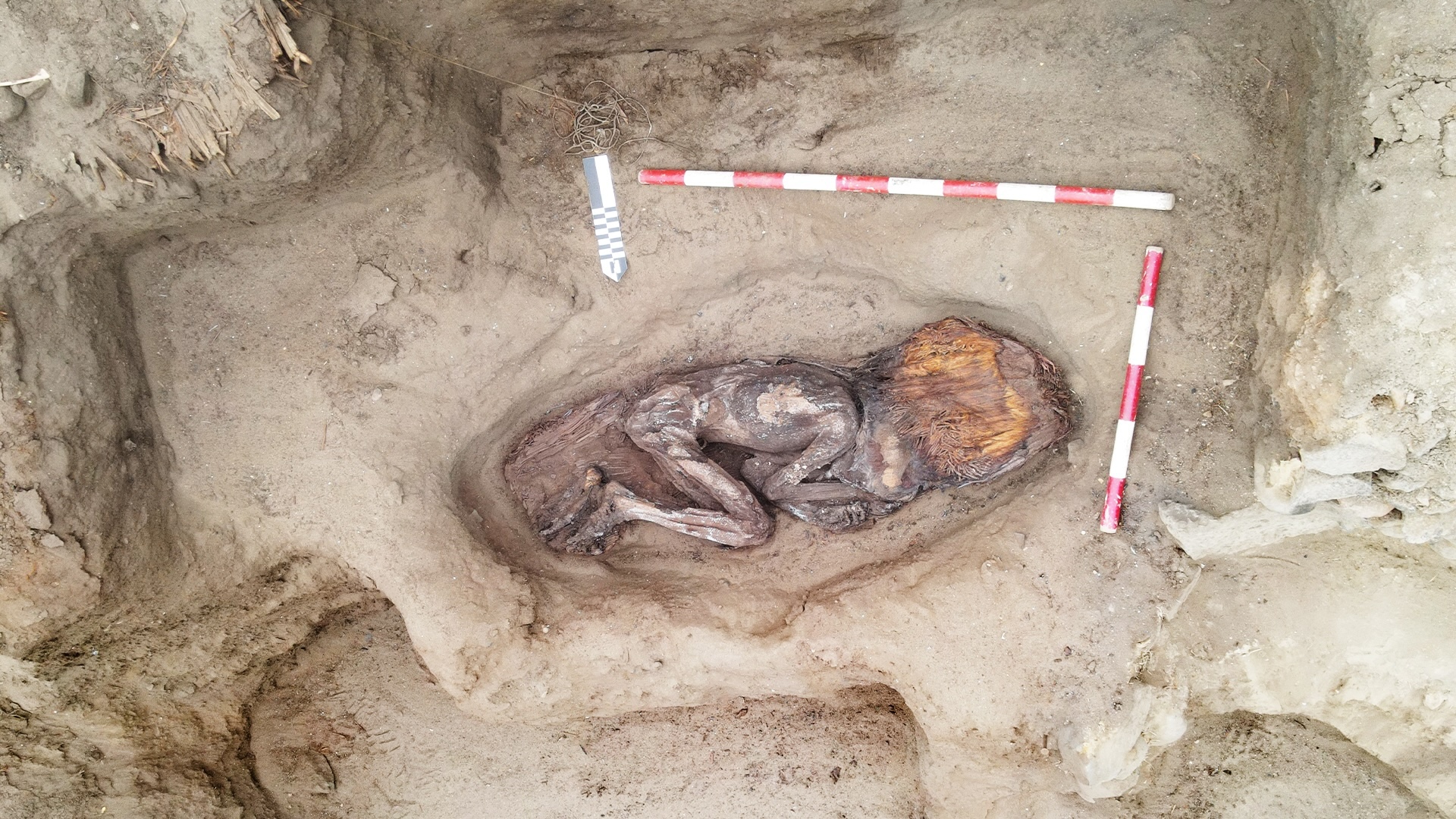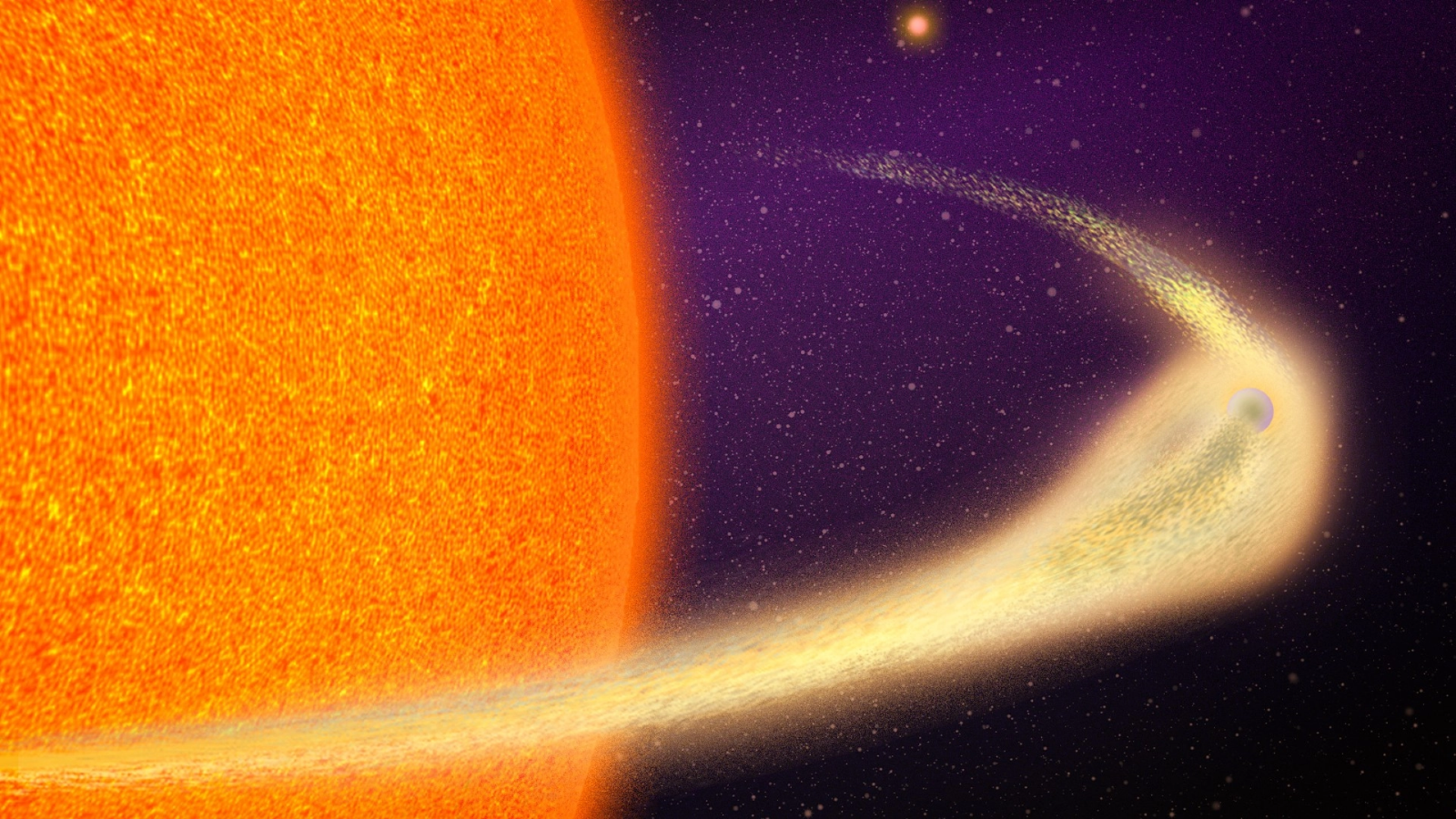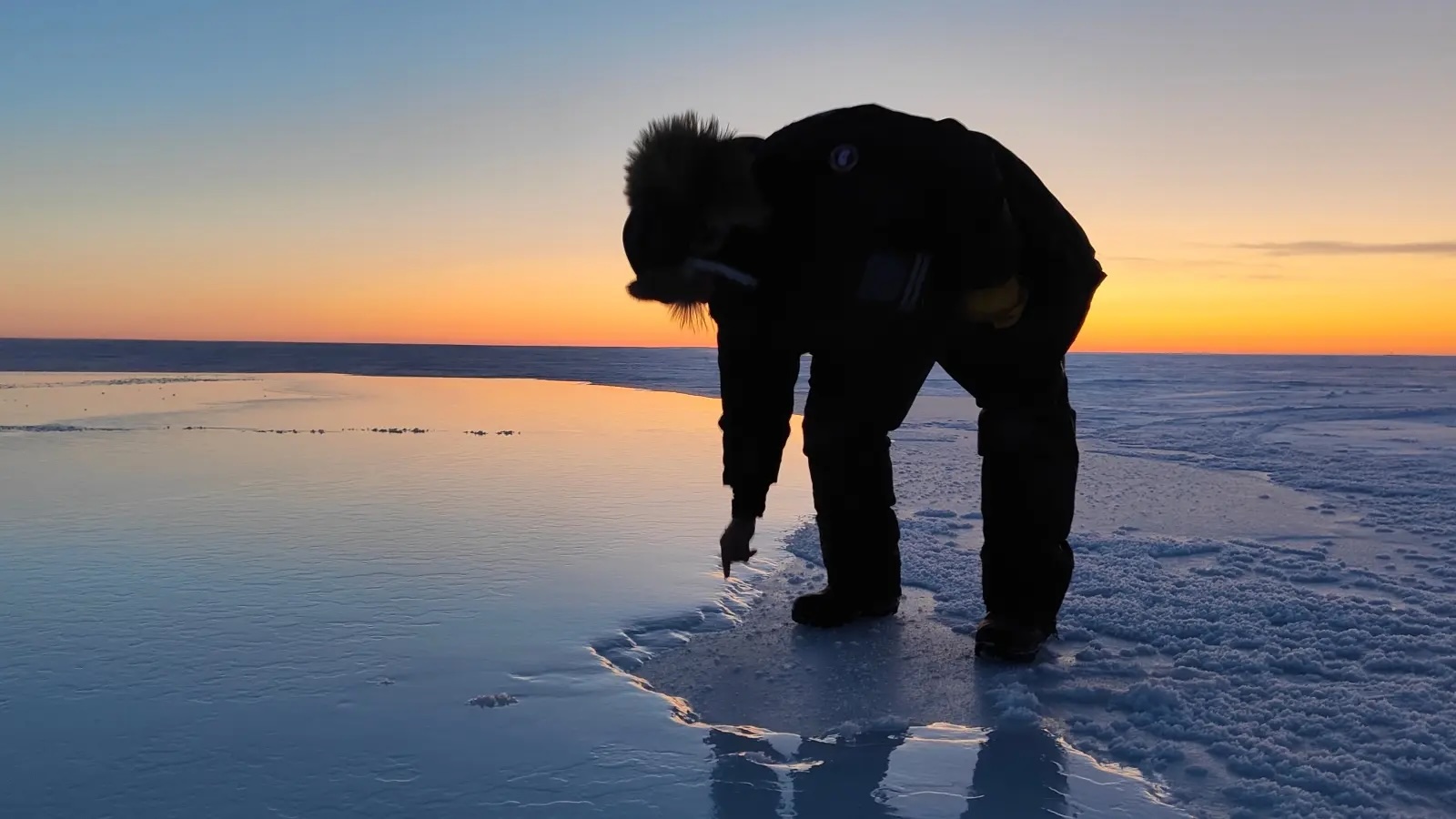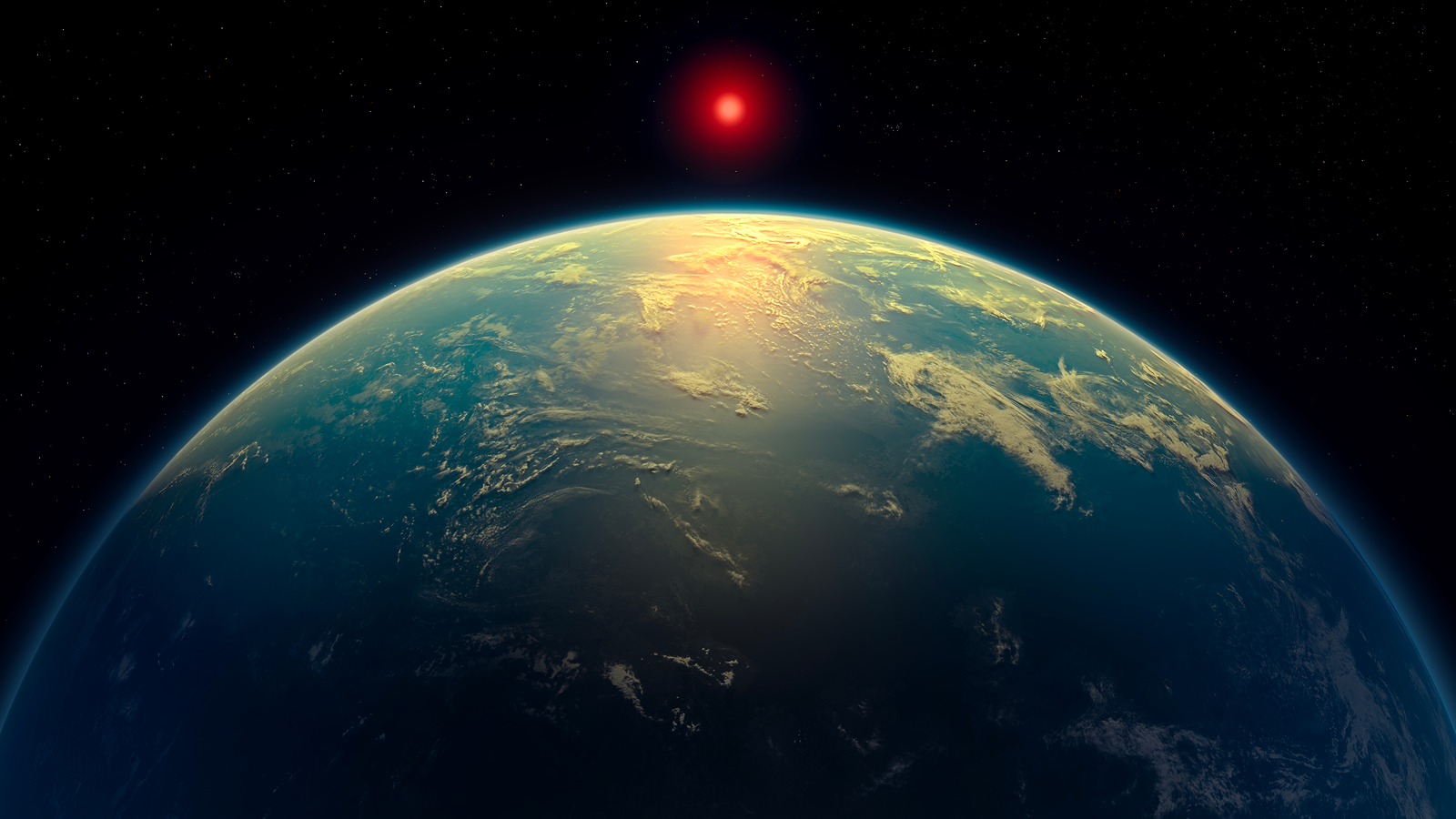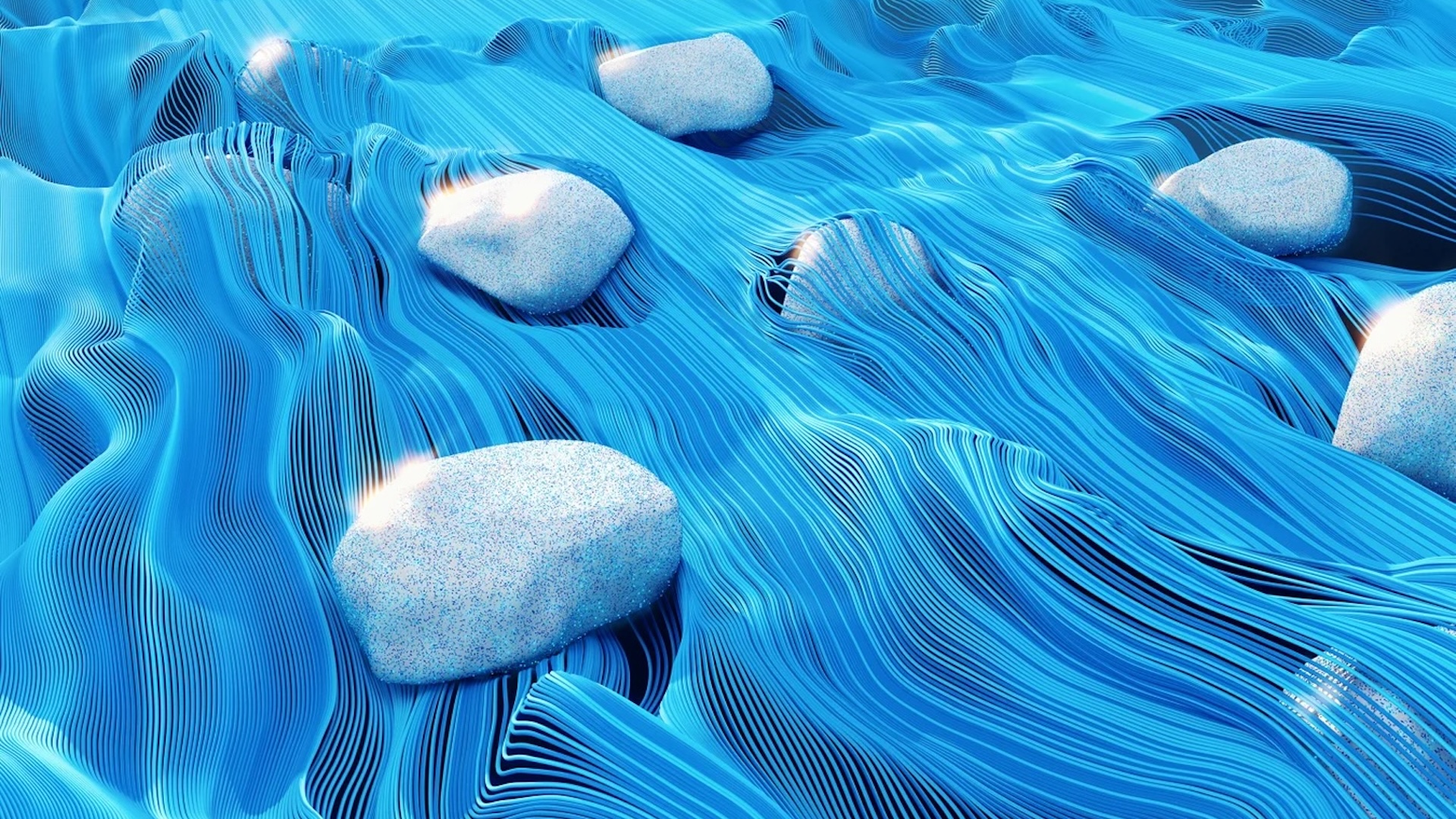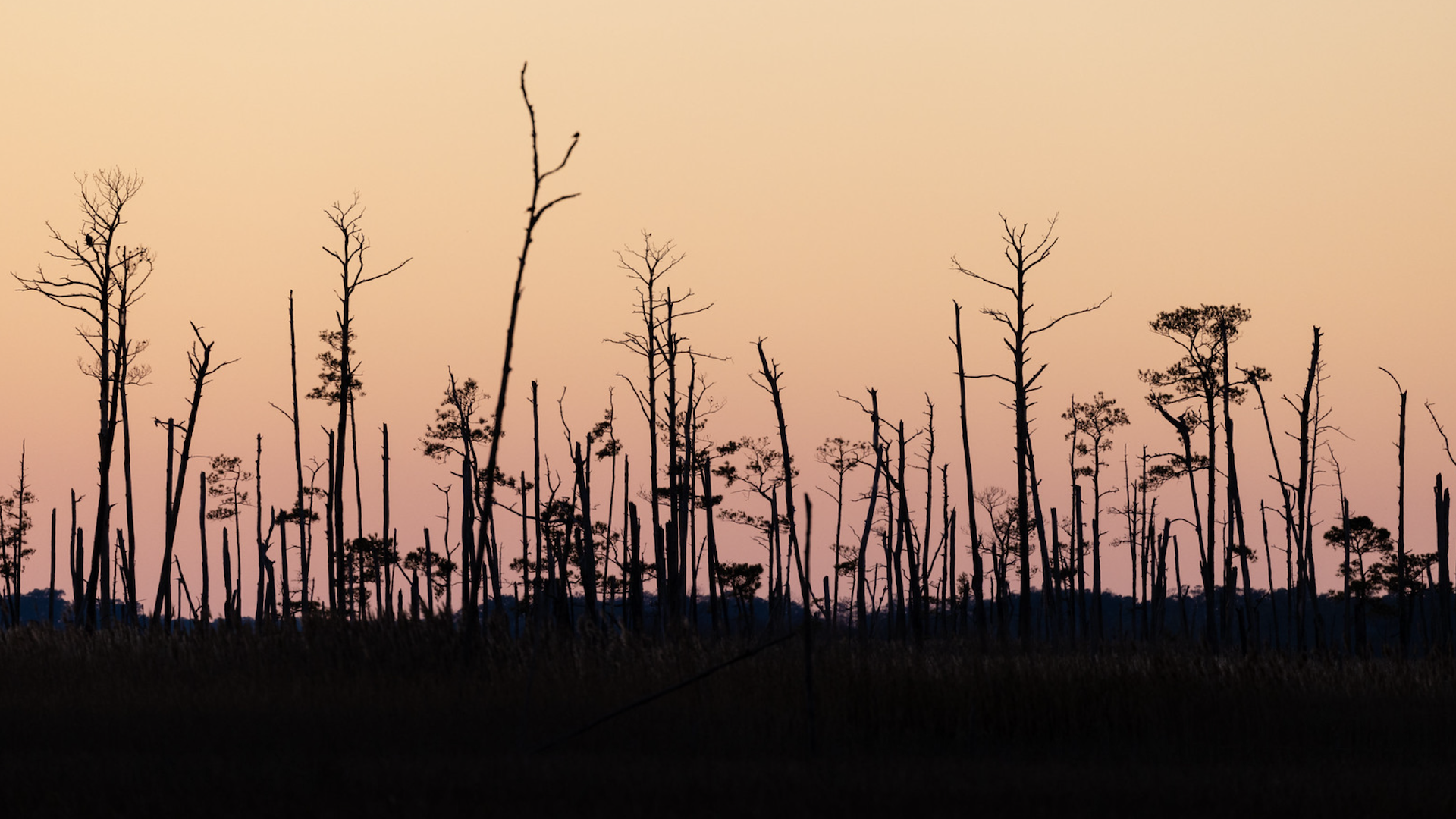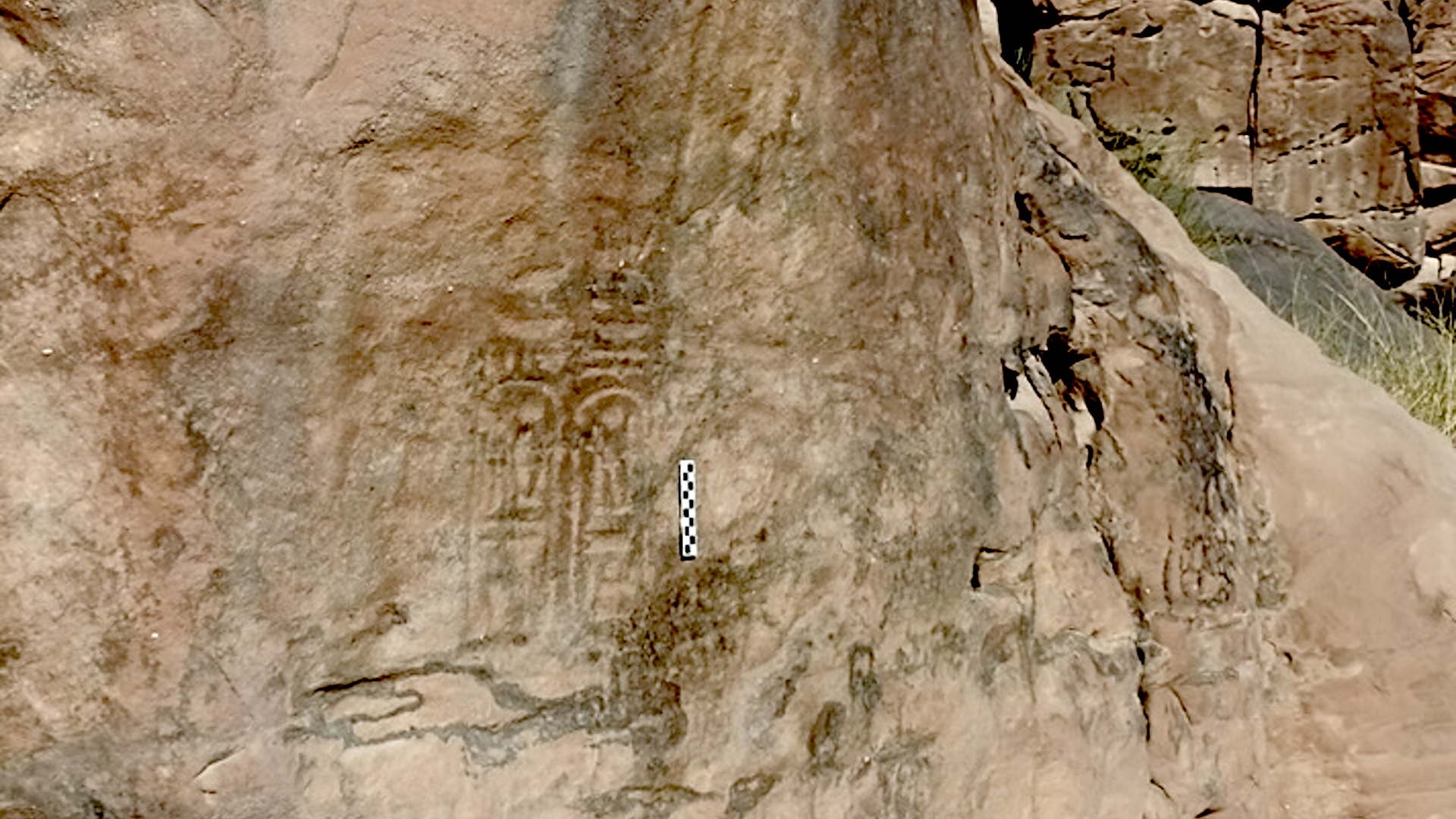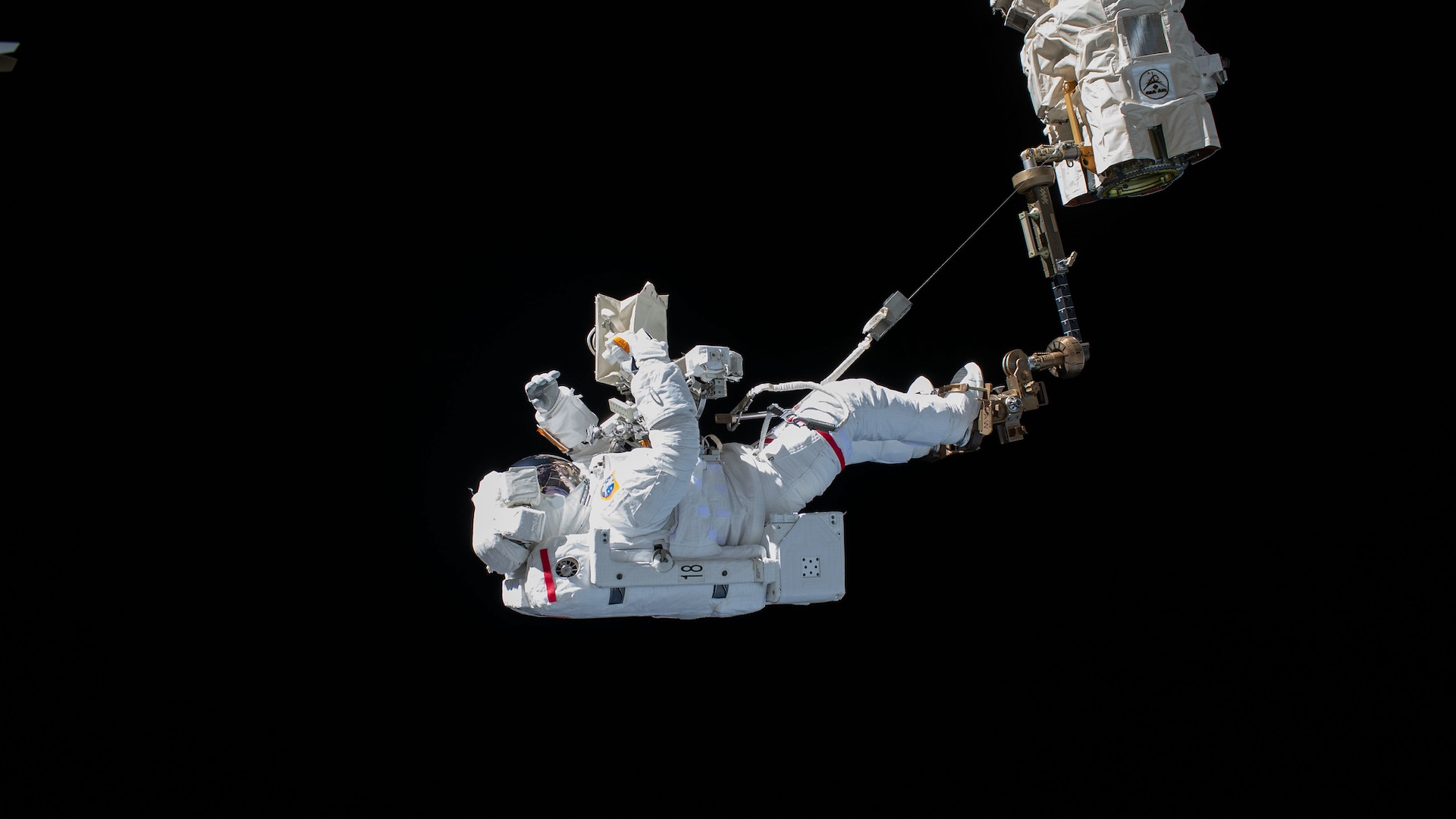Scientists may have just discovered 300 of the rarest black holes in the universe
How black holes grow to monstrous scales is one of astronomy's prevailing enigmas. A new record-breaking dataset, which reveals 300 potential 'missing link black holes', could help to unravel it.
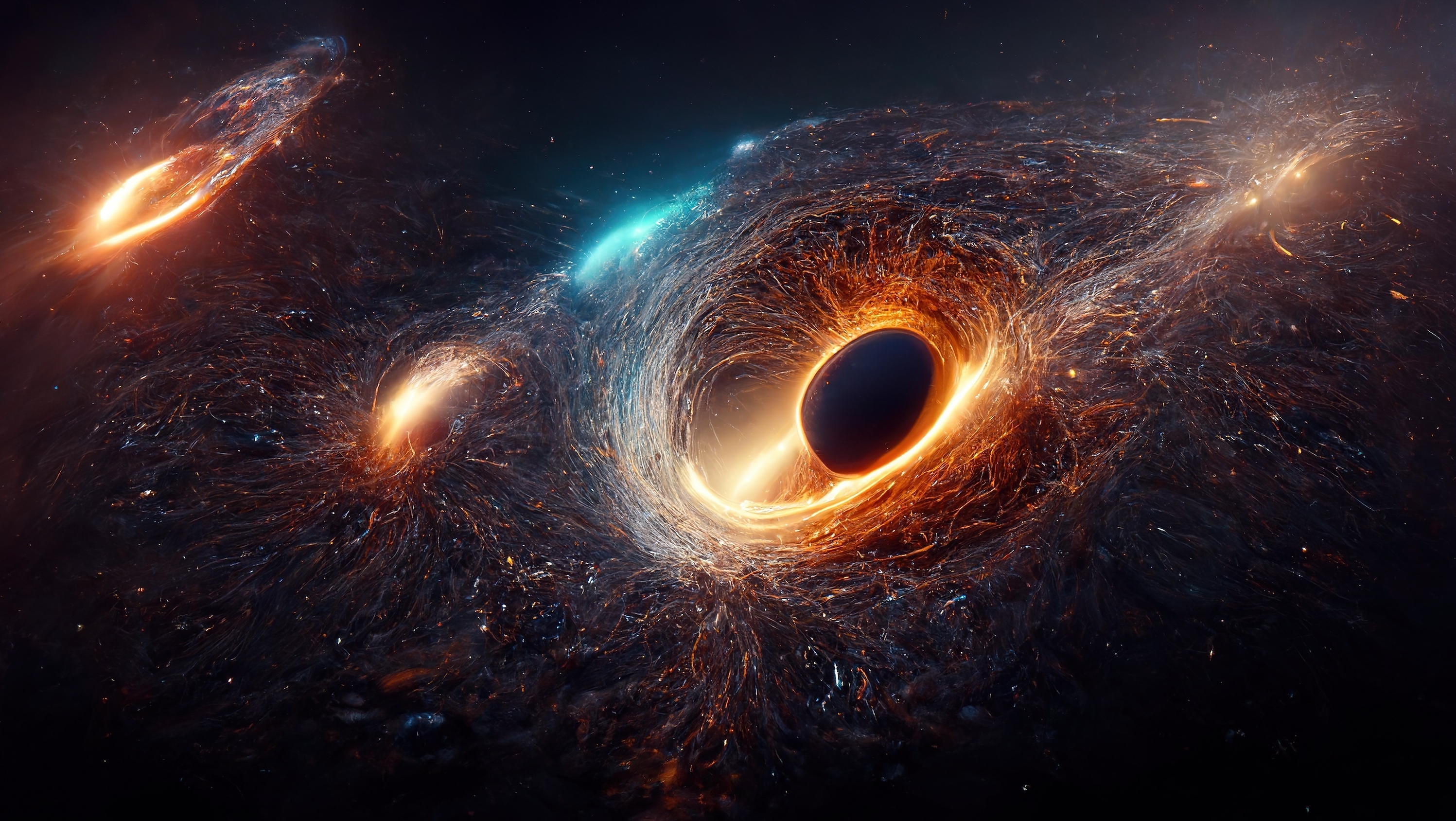
Astronomers have used the Dark Energy Spectroscopic Instrument (DESI) to discover a treasure trove of black holes, many of which are rare "missing links" in the cosmic monsters' evolution.
The search, which swept across 410,000 galaxies, identified a staggering 2,500 candidate dwarf galaxies with feeding black holes at their centers and a further 300 intermediate-mass "missing link" black hole candidates — making it the largest haul of either black hole type ever made.
The data will help astronomers piece together a stronger understanding of how black holes grow from their tiniest seeds, and how they shape the galaxies that form around them. The researchers published their findings Feb. 19 in the Astrophysical Journal, and the paper is free to read on the arXiv preprint database.
"When a black hole at the center of a galaxy starts feeding, it unleashes a tremendous amount of energy into its surroundings, transforming into what we call an active galactic nucleus," lead author Ragadeepika Pucha, an astronomer at the University of Utah, said in a statement. "This dramatic activity serves as a beacon, allowing us to identify hidden black holes in these small galaxies."
'Missing links' in the universe
Black holes are born from the collapse of giant stars and grow by gorging on gas, dust, stars and other black holes. For some of these gluttonous space-time ruptures, friction causes the material spiraling into their maws to heat up and thus emit light that can be detected by telescopes, turning them into active galactic nuclei (AGN).
Astrophysicists are confident that all massive galaxies, including our own, contain black holes at their centers, but finding evidence of smaller black holes inside dwarf galaxies is much harder due to their reduced sizes.
Related: Ultra-rare black hole found hiding in the center of the Milky Way
Sign up for the Live Science daily newsletter now
Get the world’s most fascinating discoveries delivered straight to your inbox.
And these aren't the only pint-sized singularities missing from the cosmic picture. Currently, known black holes tend to fall into two general categories based on their size: stellar-mass black holes, which range from a few to a few dozen times the mass of the sun, and supermassive black holes — cosmic monsters that can be anywhere from a few million to about 40 billion times as massive as the sun.
Yet evidence of how black holes balloon from one end of the mass scale to the other is scant. This is because intermediate-mass black holes — which, theoretically, range from 100 to 100,000 times the sun's mass — are the most elusive black holes in the universe. While scientists have spotted evidence for 150 promising candidates, no intermediate-mass black holes have been definitively confirmed to exist.
To aid in the search for both AGNs and intermediate black holes, the researchers turned to DESI, an instrument mounted on the Nicholas U. Mayall 4-meter Telescope in Arizona which pinpoints the monthly positions of millions of galaxies to study how the universe expanded up to the present day.
By sifting through the data collected from the first year of DESI's planned five-year run, the scientists discovered an unprecedented number of dwarf galaxy and intermediate black hole candidates — tripling the total number of the latter.
The discovery of the large population has massively expanded the dataset available to astrophysicists looking to study the cosmic enigmas, but it has also thrown up some mysteries of its own.
The black holes found inside dwarf galaxies, for instance, are expected to fall within the intermediate-mass range — yet only 70 of the newly-discovered intermediate-mass black hole candidates overlap with dwarf AGN candidates. The team's next steps will be to explore these perplexing results, and the questions they raise.
"For example, is there any relationship between the mechanisms of black hole formation and the types of galaxies they inhabit?" Pucha said. "Our wealth of new candidates will help us delve deeper into these mysteries, enriching our understanding of black holes and their pivotal role in galaxy evolution."

Ben Turner is a U.K. based staff writer at Live Science. He covers physics and astronomy, among other topics like tech and climate change. He graduated from University College London with a degree in particle physics before training as a journalist. When he's not writing, Ben enjoys reading literature, playing the guitar and embarrassing himself with chess.
You must confirm your public display name before commenting
Please logout and then login again, you will then be prompted to enter your display name.
